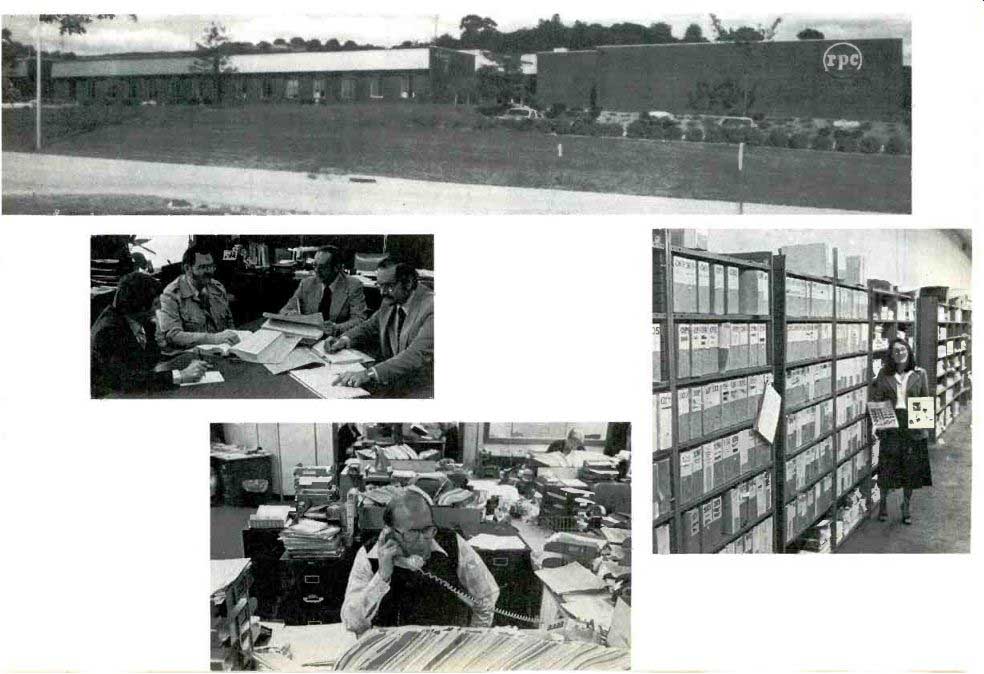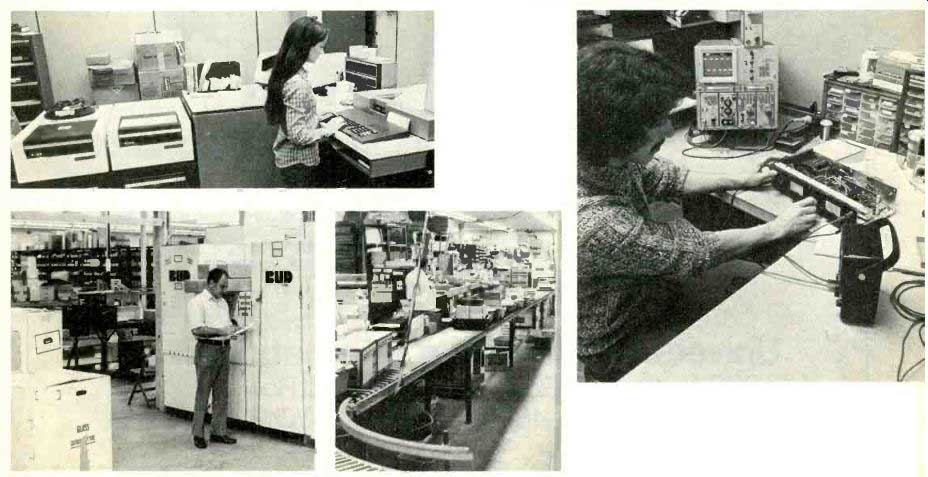By Bill Rhodes, editorial director
When equipment fails in industry, quick repairs are usually necessary because downtime means idle people and loss of production.
While repair parts may be expensive, the cost is usually negligible compared to production losses and delays in meeting customer deliveries. When rapid repairs are required, it is important to know how to quickly obtain the parts needed.
The steps outlined below provide helpful guidelines to making this phase of repairing equipment as easy as possible.
Assumptions
As a point of reference, assume that the equipment has failed because of a solid-state device.
(Other electronic, electrical, mechanical, or electro-mechanical components would serve almost as well, but solid-state devices have some special aspects that make locating an MRO part interesting.) The following steps can then be repeated for any number of parts needed.
It is important to recognize that the MRO business is essentially distributor based. However, some equipment manufacturers actively seek this MRO business because of the high potential profits and continued quality control. Consequently, for minimum downtime, several paths must be pursued simultaneously to obtain the part needed.
Document the failure--The first step is to completely describe the system that has failed.
Include model and serial numbers, any date codes, and physical dimensions.
The second step is to clearly identify the failed device. Include, where possible, device type, physical packaging, vendor part number(s), and any other markings. Such markings may be date codes or special numbers that help locate replacement parts.
Of course, if the system manufacturer has provided circuit diagrams, the above steps may be simplified and more thoroughly detailed. In this case, also note the codes on the schematic provided.

---- Planning is the key to the CAM/RPC success. Here (left to right),
Chuck Reedy, field sales manager, Lou Malnofski, inside sales manager, Cal
Perlman, general manager, and Richard Murawski, marketing manager, meet to
discuss business trends and customer needs.
The inside sales department is filled with activity, maintaining extensive references to solve customer data and parts needs.
Stocking manufacturer's literature is a crucial service to many customers.
Locating the part
Once the failed part has been identified, locating its replacement is straightforward, but it can be frustrating and time-consuming. To minimize downtime, pursue these parallel paths by simultaneously contacting:
1. The system manufacturer and its local office/representative/distributor.
2. The component manufacturer and its local office/ rep/distributor.
3. Other local Distributors.
This may seem to be an overkill, but if parts are needed quickly, all of these resources must be used. To understand why, look at the motivations of each resource. The system manufacturer and its local sales outlets may be interested only in the OEM (manufacturing) business.
In this case, an MRO inquiry may get a slow response. But, if the organization seeks the MRO business, the necessary parts may be in stock. The same argument holds for the component vendor, but the response there to MRO inquiries is typically slow. Sometimes inquiries for information are directed to a local distributor.
Consequently, contacts with local distributors may be the most successful. These sources actively seek the MRO business as their livelihood, and they can be helpful in many ways. They have vast net works of information. They know other local distributors and the lines they handle. They'll get the part, if possible, or help locate the right source, and hope that they will be called again the next time help is needed.
Alternatively, distributors have extensive cross-indexes to available components, and their principals have further data at their disposal.
It may be possible to identify a substitute component and pull it off the shelf.
Both the component manufacturers and the distributors are highly competitive. Use this factor as an advantage in getting needed parts quickly.
Use internal help--If a purchasing department is available, use it. Purchasing agents also have extensive resources, and they are experienced at using them.
Furthermore, in a firm that manufacturers products, the purchasing department has financial clout that can get quick action, either from distributors or from system manufacturers. Also, it may be possible for purchasing to get a sample of the part needed, as a courtesy. This can be a quick transaction, because it bypasses the shipping and receiving departments.
Ask the purchasing department when they can give the problem some attention, and when an answer can be expected. Then, if needed, pursue with inquiries parallel to theirs, but let purchasing know, so as not to duplicate efforts and cause confusion.
---------
Profile of an industrial distributor CAM/RPC in Pittsburgh--72,000sq.ft.of stock and service
EDP supplies the answers to customer needs and order status plus data for the distributor to keep on top of market trends.
Extensive stock is maintained to serve many customers, and a service department can repair instruments or modify equipment to serve a customer's special needs.

-----------
Wrapping it up
When a source comes through with the needed part, and it is paid for, installed, and the failed system is operating again, document the service to that system, including sources that have helped. These records may prove invaluable if a breakdown should occur again.
But what if...
For solid-state devices, in particular, there is an industry idiosyncrasy that makes locating parts difficult:
The use of in-house numbers. Some manufacturers contract with solid state component manufacturers to mark devices with special numbers, and these are referred to as in-house numbers. These may be standard devices with special designations, or they may be pre-selected for certain performance characteristics. There is no way of knowing, especially on a failed device.
When encountering these in house numbers, the best course is to buy the exact replacement, even if it turns out to be a standard device at 10 times the price. However, as a matter of routine, by pursuing the paths of information noted earlier, the identity of the device may be uncovered and a standard replacement located. This may prove important if it is difficult to obtain an in-house numbered part quickly.
Realize early in the game that difficulties may be encountered.
The identity of in-house parts is closely guarded, but the competitive nature of the business makes cross indexing infrequent but possible.
Use of a substitute part may save both time and money.
Selenium--a special case
Replacing seleniums is a special situation because of advancing technology. General Electric sold its selenium line to International Rectifier, and IR now enjoys an extensive market MRO in selenium. As surge protectors, selenium can be replaced, in some cases, with modern devices designated MOVs (metal oxide varistors). (For performance details, see Electronic Servicing, pp. 7-14, February 1980.) If it's a selenium that has failed, use the guidelines mentioned earlier to contact selenium-device manufacturers as well a MOV sources.
The distributors serving these manufacturers can be of considerable help.
If all else fails...
The MRO business has under gone recent changes because of reduced costs of components (through high volume production) and increased labor costs. As a result, some manufacturers can provide replacement systems economically competitive to the cost of servicing a failed unit. Take a look at this possibility when looking for components. If damage is extensive, and if in-house numbered parts are involved, a unit replacement may emerge as the optimum solution.
Summary
Locating replacement parts when equipment is down can be frustrating, but using all the resources available; manufacturers, distributors, reps and the purchasing department, can ease the difficulty and minimize downtime. Keep in mind that if the equipment is old and parts cannot be identified for replacement, the failed system may need to be replaced.
Also see: Selecting replacement capacitors